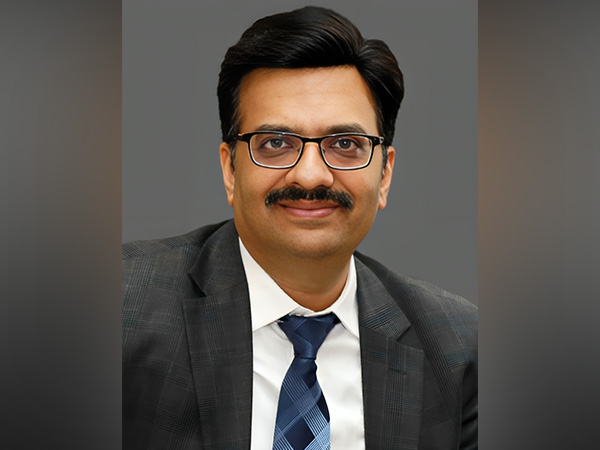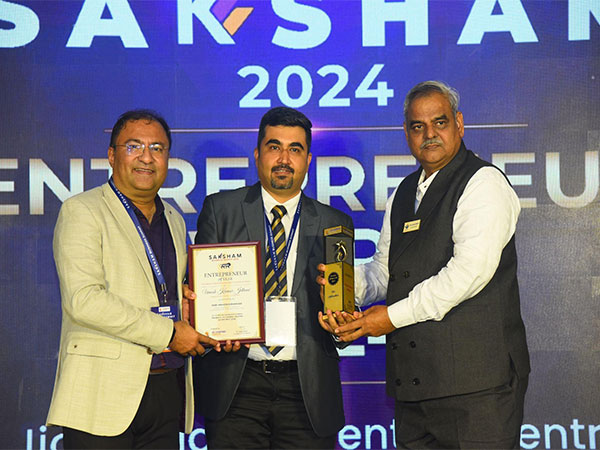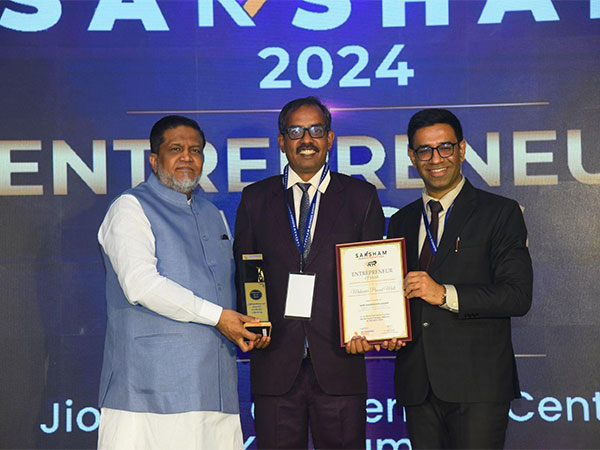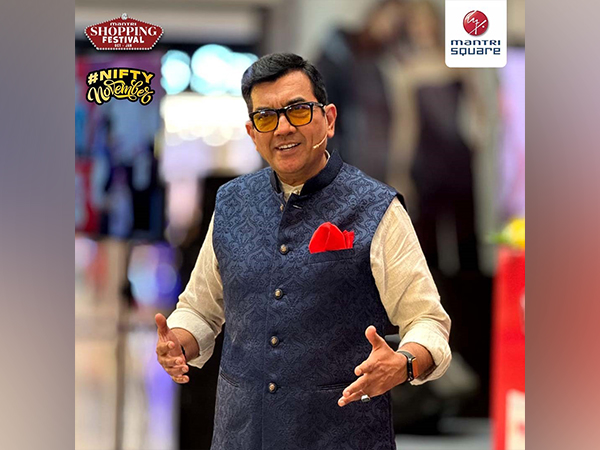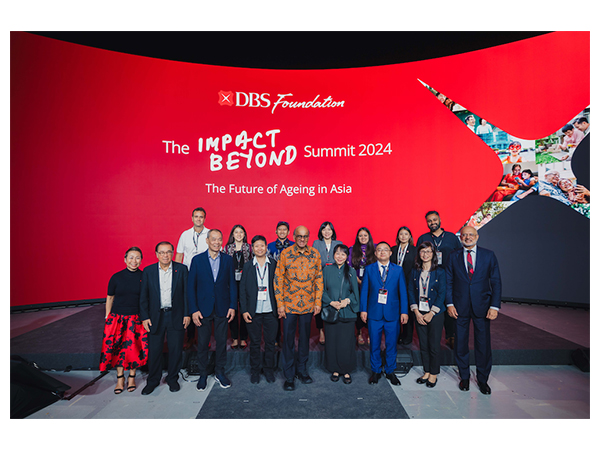Let Sun be your child's Friend
Jun 07, 2024
Mediawire
New Delhi [India], June 7: Myopia is the most common refractive error in which a person is unable to see distant objects clearly.
In the past few years, Myopia has emerged as a significant public health problem globally. It develops in childhood and is found to affect more East Asian children. With this rising trend in cases of Myopia, it is estimated that half of the world will be myopic by 2050. The situation in India is worrisome too. As per a study conducted recently, it is estimated that around 40 per cent young population in the country is at risk of developing Myopia.
Genetic factors play a significant role in the development of myopia but some environmental and lifestyle factors are known to be responsible for its progression. Studies have found the interaction between environmental factors like near work, outdoor activities, sun exposure etc. and Myopia progression.
With the change in lifestyles and habits, young children of the current generation are spending less time outdoors. Playing outdoor games in sunlight has also reduced significantly. But some studies suggest the protective role of time spent outside in the progression of Myopia. A study conducted in India has found a statistically significant negative directional relationship between outdoor activity and Myopia.
It has been found that each hour increases in outdoor activity per day had a protective effect on the progression of Myopia. Time spent outside is not only beneficial for halting the progression of Myopia but also for the range of disorders like ADHD, Hyperactivity, asthma etc. Public health measures aimed to prevent the progression of Myopia could be based on increasing hours of outdoor activities for children targeting not only parents but also the decision-making authorities of the curriculum.
In India there has been observed a constant rising trend in cases of Myopia in all age groups and in rural as well as in urban set up. As per a study, cases of Myopia had risen from 4.6% to 6.8% in a decade in rural children. Myopia prevalence in urban India has been projected to spike to 48% by 2050. Though Indians are a low progressing cohort (-0.3 D/year) as compared to the East Asian (-0.6 to -0.8 D/year), the rising numbers of Myopes cannot be ignored. As per the guidelines published by All India Ophthalmological Society 40 to 120 minutes of outdoor time is associated with reduced incidence of Myopia.
Thus, schools should include the specific period for outdoor activities in their curriculum for children. Also, parents should encourage their kids to play more outside than playing indoors and reduce screen time on playing with gadgets.
Myopia (nearsightedness) among children is indeed a growing concern. Factors like excessive screen time, lack of outdoor activities, and genetics can contribute to its development. That's why myopia is more prevalent in children in cities as compared to villages. Regular eye check-ups and encouraging outdoor play can help mitigate the risk. Regular outdoor games should be made a part of school curriculum.
Dr Leila Mohan, Senior Phacosurgeon & HOD Paediatric Ophthalmology & Strabismus Dept. Comtrust Charitable Trust Eye Hospital, Calicut
Man by nature is supposed to have exposure to lot of sun whether for vitamin D or otherwise! The new threatening pandemic of myopia predicted to affect 50% of population by 2050, is a product of genetic and environmental factors, the latter mainly due to our indoor centric life style and excess use of near work, especially smartphones. The simplest life style modification we can do for preventing onset or progression of school myopia in 4 to 15 year old children, is to go into the sun and play for about 45 to 60 minutes a day.
(ADVERTORIAL DISCLAIMER: The above press release has been provided by Mediawire. ANI will not be responsible in any way for the content of the same)
